Persian violet / Exacum affine / is a perennial plant that has glossy heart-shaped leaves. Persian violet stems reach 3.5 ft (1 m) in height. They are straight and unbranched, grey-green in color, because of the wax coating on them. The flowers are small, but very aromatic, dyed in various colors by nature, but the most common are the beautiful blue-violet flowers. Persian violet blooms in July and August.
Among the 400 species of Gentiana, there are annual ones as well. Persian violet is common in the mountainous areas of subtropical and temperate areas on all continents except Antarctica. According to legend, the plant is named after the Illyrian King Gentius, who, in 500 BC, first noticed the healing properties of the yellow persian violet and used her juices during plague outbreaks.
It is believed that the persian violet is a flower of extreme conditions - its native environment is mountains and northern plains. Some types of persian violet bloom even in the Himalayas, at 18040 ft (5500 meters) above sea level.
Depending on the surrounding natural habitats, persian violets grow in varying areas - some prefer the sun, while others prefer shade. What is bad for the persian violet is a lack of moisture.
Species of Gentiana
There are several types of Gentiana. All, however, have paid a very high price for their medicinal qualities – they have been uprooted, and their survival is now at stake. Today things are different because they are labeled as endangered plants.
During the months of June-July, the beautiful spotted gentian begins to bloom, which reaches a height of 19.5″ (50 cm). Spotted gentian has yellow flowers that are speckled with brown spots.
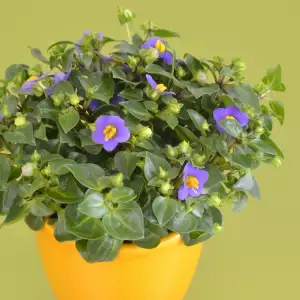
90 species of Gentiana are grown in some gardens. Some bloom in the fall, others in summer and spring:
Spring Gentian / G. verna / - it's tiny, but otherwise, is very beautiful. It has bright blue flowers that always face up and do not exceed 0.8″ (2 cm) in height. In nature, this small Gentian forms carpets among rocky meadows.
In early summer, the similar-looking G. acaulis (stemless gentian) and G. clusii begin to bloom. These are mountain Gentiana, which have the largest flowers, that are upturned like in G. verna. The whole plant is 4.5″ (12 cm) tall, while the flowers reach an impressive 3″ (8 cm).
Next up is G. dahurica. This Gentiana comes from Siberia and has 12″ (30 cm) horizontal stems. The small flowers are gathered in dense inflorescences, that look like blue balls.
G. paradoxa and G. septemfida also bloom at the same time. They have horizontal stems that are long up to 12″ (30 cm), and the flowers are arranged in groups of 2 to 10.
Cross Gentian / G. cruciata / flowers in the period June - August. It has tall and leafy stems that reach heights between 12″ (30 cm) - 23.5″ (60 cm). When flowering, the plant is literally covered with flowers.
Tibetan Gentian blooms alongside Cross Gentian. Its large leaves have moisture evaporate very slowly and it finds it quite difficult to bear the sun's burning rays, although its flowers only unfold in the sun.
Great Yellow Gentian / G. lutea / is large and up to 5 ft (1.5 meters) tall, with erect stems and beautiful leaves. Its flowers are numerous, located on top of the stem and in the bosom of the outer leaves. It blooms in July - August for two months.
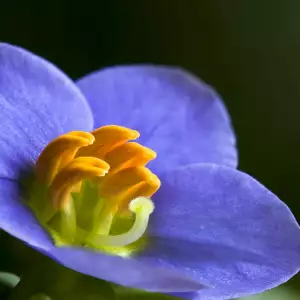
Composition of Gentiana
Cross gentian contains xanthones, pectin, mucilage, bitter glycosides, tannins, essential oils, fatty oils. Great Yellow Gentian contains glycosides, mucus, pectic substances, oils, resins and others.
Growing Gentiana
If you want to grow Gentiana, note that all species open their flowers only with adequate sunlight. Even so, when planted in open areas, they do not develop very well. The heat under the scorching rays in the garden could be detrimental to them.
The best place for them is in the light penumbra of shrubs or trees in a sunny, but shaded during the afternoon hours nook. Plain Gentian grows in fields where tall grass protects them from the sun, so similar conditions should be created in the garden, by planting them around shorter plants.
Benefits of Gentiana
It turns out that in addition to being beautiful, persian violet is also very helpful. Cross Gentian is beneficial to the stomach and stimulates appetite, it has a cholagogue action. Persian violet is recommended for the treatment of biliary anorexia, stimulation of salivary secretion, increasing gastric secretion and the body's resistance.
Persian violet root has a toning effect on the liver.
The herb inhibits viruses affecting the liver. In cases of indigestion, persian violet root is invaluable. It improves the overall health of the digestive system and increases appetite.
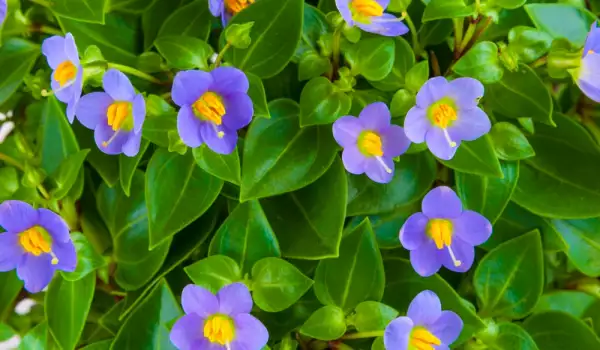
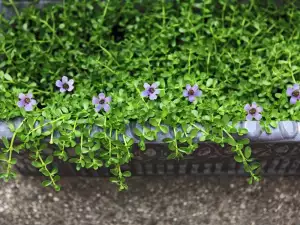
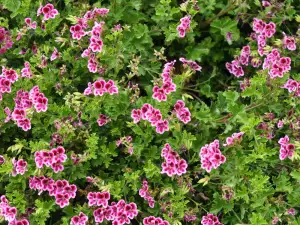
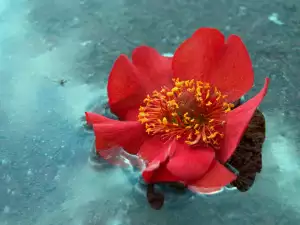
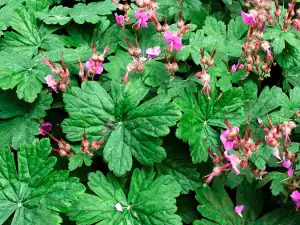
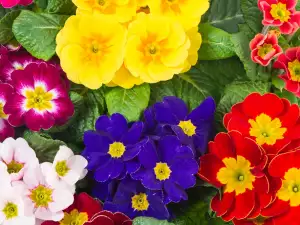

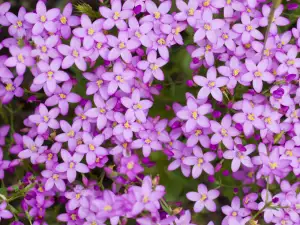
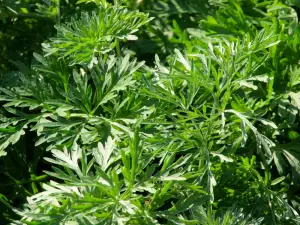
Comments